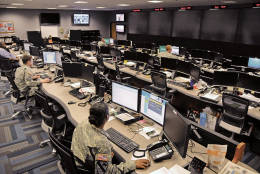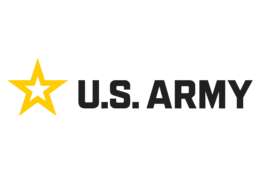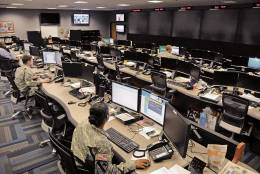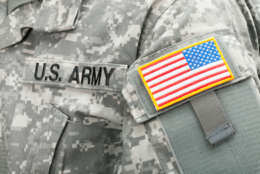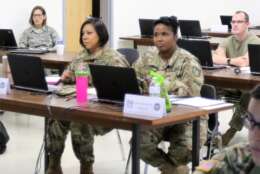Army
-
Gabe Camarillo, the undersecretary of the Army, said the new digital engineering policy will bring the service more in-line with industry best practices.
May 22, 2024 -
The Army relies on its civilian workforce for crucial tasks to support readiness and operations. Now it has launched a campaign to recruit civilians.
May 22, 2024 -
The House draft defense bill requires the Army to establish a Drone Corps. Senior defense officials don't think it's a good idea.
May 17, 2024 -
"We have got to build flexibility into our programs so that commander doesn't have to make static decisions," said Mark Kitz.
May 16, 2024 -
The Army launched the first phase of Global Commercial Solutions for Classified. It is expected to reach initial operational capability by fiscal 2025.
May 15, 2024 -
The Army will keep most software development efforts in ongoing development mode and not transition them to sustainment as part of its modernization efforts.
May 14, 2024 -
Michael Harpin, the competitions section chief for the President’s Cup Competition at CISA, said the contest featured new challenges like an escape room.
May 10, 2024 -
The Army's generative AI and large language model policy is weeks away.
May 10, 2024 -
Adoption of DoD's new software acquisition pathway has been slow, but officials are looking for ways to jumpstart its use.
May 10, 2024 -
A 100-day implementation plan for the Army's acquisition community aims to resolve the issues that might get in the way of AI adoption
April 26, 2024 -
The review also uncovers a leadership failure to do historical comparisons to identify year-to-year trends in harassment.
April 23, 2024 -
While the Army and Air Force are projected to meet its recruitment goals this year, the Navy will most likely miss its recruitment targets for the second year.
April 18, 2024 -
Margaret Boatner, deputy assistant secretary of the Army for strategy and acquisition reform, said new approaches to buying software already are paying off.
April 15, 2024 -
Army officials are considering cuts to the Army Credentialing Assistance program and the tuition assistance program.
April 11, 2024 -
PEO EIS is shifting to agile software development, applying rigor of FinOps, while also making sure cybersecurity is top of mind.
March 22, 2024

